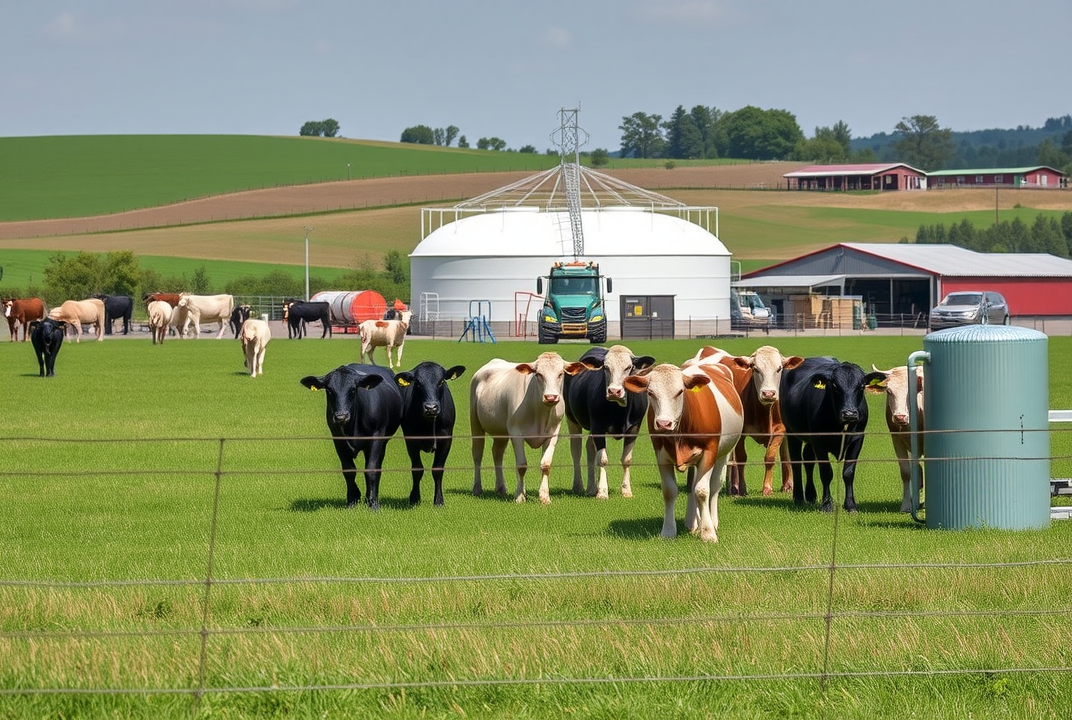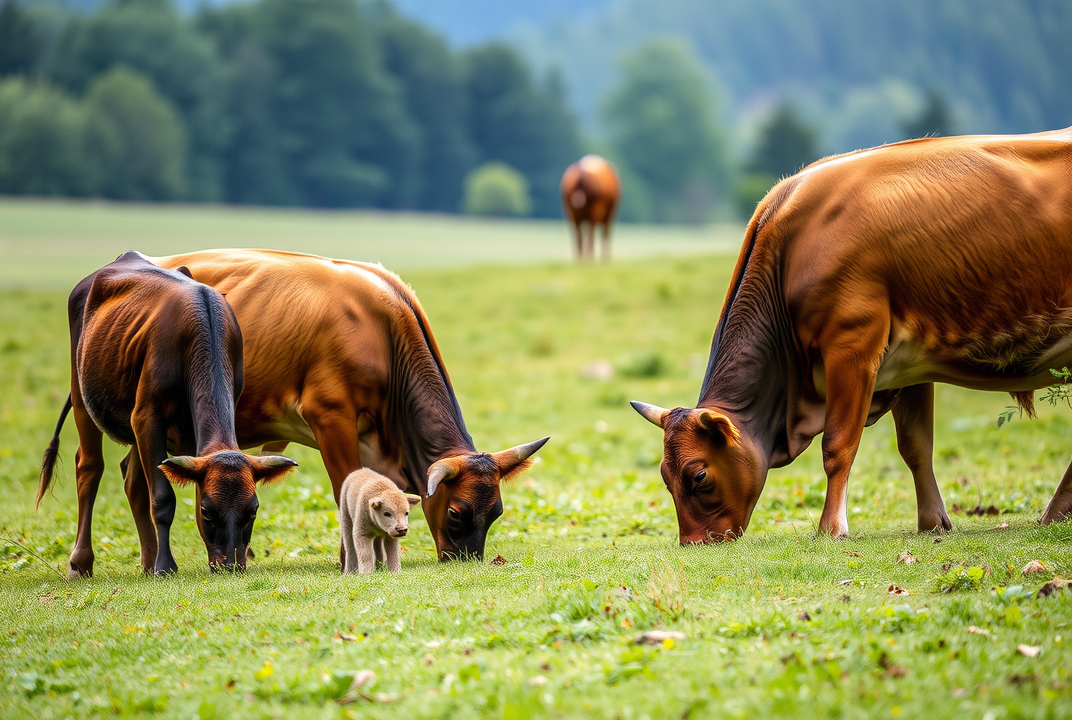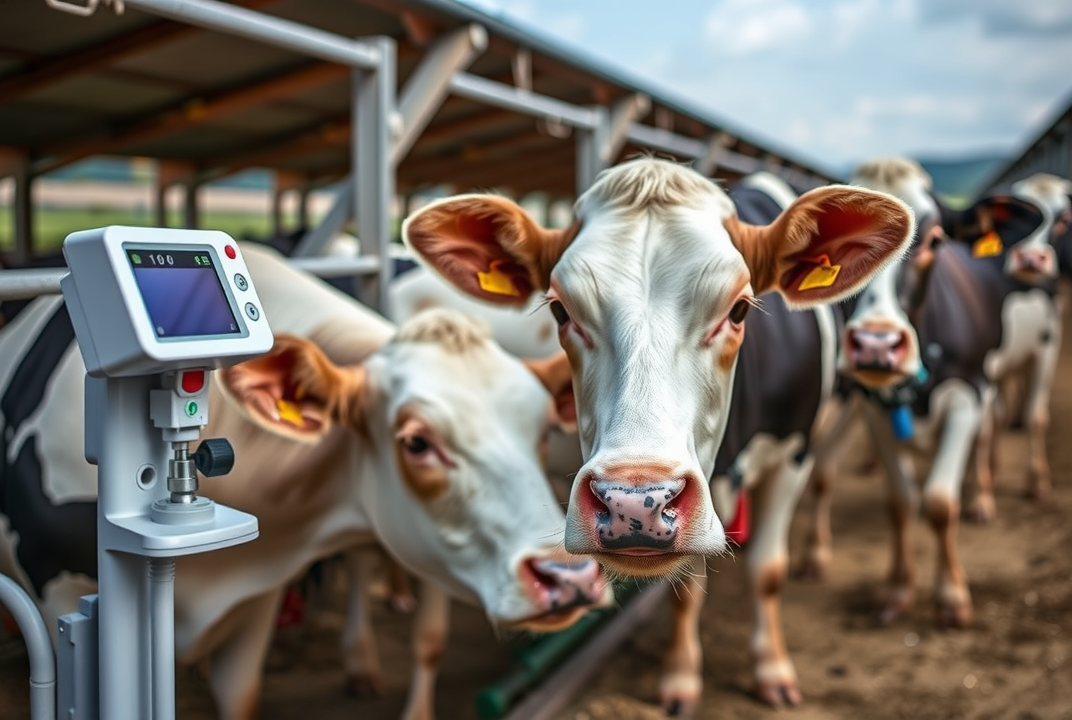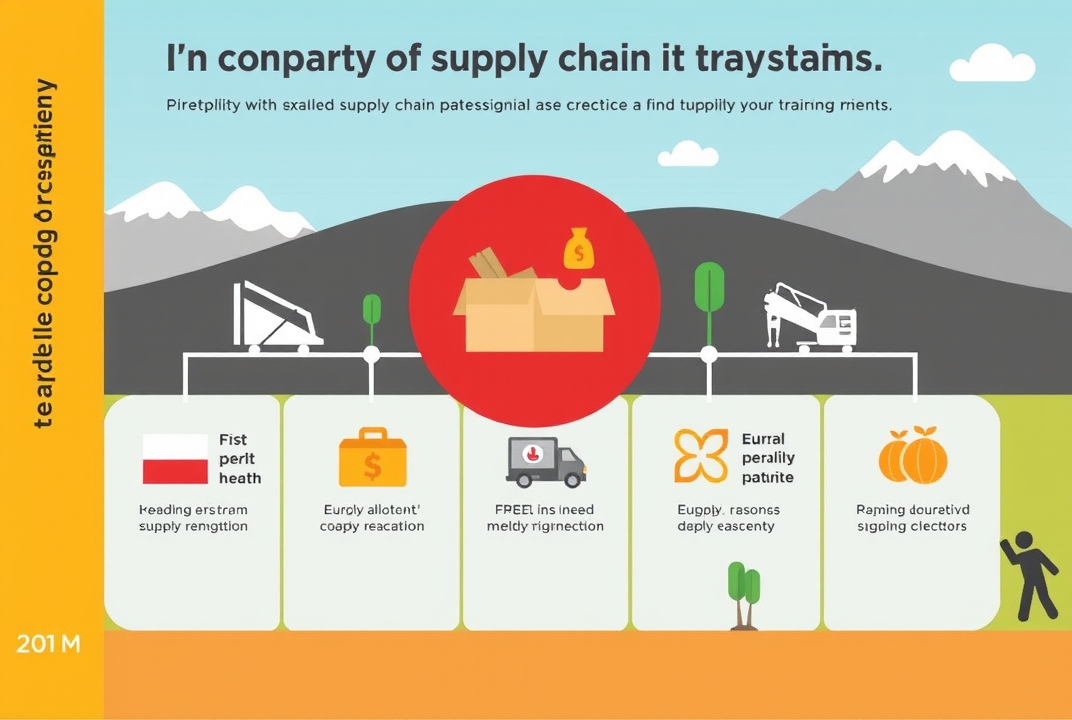Unlocking Market Trends in Livestock Farming: Implications for the Future

Introduction
Did you know that the global demand for livestock products is projected to double in the next three decades? As the world shifts its focus towards sustainable practices and technological advancements, understanding market trends in livestock farming becomes crucial for farmers, investors, and policymakers alike.
This article explores critical trends shaping the livestock farming sector and delves into their implications for the future. By examining these patterns, readers will gain insight into emerging opportunities, challenges, and strategies for success in this transformative field.
1. Rise of Sustainable Practices
Sustainability has become more than a buzzword in agriculture. It is now an essential component of livestock farming. With concerns about environmental impact and climate change, farmers are adopting sustainable methods to reduce their carbon footprint.
1.1 Organic and Grass-fed Practices
Organic and grass-fed livestock farming has gained popularity as consumers demand ethically sourced products. These methods not only promote animal welfare but also enhance meat quality, offering a competitive edge in the market.
Example: Several studies show that grass-fed beef is richer in antioxidants and healthier fats compared to conventional meat.

1.2 Waste Management and Renewable Energy
Managing livestock waste efficiently can mitigate negative environmental effects. Innovative solutions such as biogas production are helping farmers turn waste into renewable energy, lowering costs and providing additional income streams.
2. Technological Integration in Farming
Technology continues to transform livestock farming, enhancing productivity and efficiency. From precision agriculture to automation, tech innovations are offering new solutions to age-old problems.
2.1 Precision Livestock Farming (PLF)
PLF uses various technologies like sensors and data analytics to monitor animal health, feed consumption, and overall farm performance. This real-time data allows for better decision-making and more efficient resource management.
Case Study: A dairy farm using sensor technology reduced its water usage by 30%, optimizing both cow health and operational costs.

2.2 Automation and Robotics
Automation and robotics are reshaping tasks such as feeding, milking, and even cleaning. These technologies reduce labor costs and increase productivity, ensuring farms remain competitive.
3. Market Demand and Consumer Preferences
Changes in consumer preferences are directly impacting market dynamics. Awareness around health, ethics, and environmental impact influences purchasing decisions, and farmers must adapt to these shifting demands.
3.1 Growth of Plant-Based Alternatives
While not directly related to livestock farming, the rise of plant-based alternatives reflects broader consumer trends. Livestock farmers must understand this shift, as it affects demand for traditional meat products.
3.2 Traceability and Transparency
Consumers increasingly seek transparency about product origins. Providing information about farming practices and product lineage builds trust and potentially opens new markets.
Quote: "Transparency in the supply chain is not just a trend; it’s a paradigm shift." – Agricultural Analyst

4. Economic and Regulatory Factors
Economic policies and regulations profoundly influence livestock farming practices and profitability. Adapting to these factors can be a challenge but also an opportunity for growth.
4.1 Trade Policies and Export Opportunities
Competing in global markets requires understanding trade agreements and regulations. Exporting to emerging markets presents significant opportunities but also challenges requiring strategic planning.
4.2 Government Incentives and Support Programs
Various government programs support sustainable livestock practices through incentives and subsidies. Familiarizing oneself with these programs can enhance profitability and sustainability.
Conclusion
The livestock farming sector is in the midst of significant shifts driven by sustainability, technology, consumer preferences, and regulatory factors. By staying informed about these trends, stakeholders can navigate challenges and seize emerging opportunities. The future of livestock farming is promising, but those who adapt quickly will thrive. Now is the time for farmers, investors, and policymakers to embrace these trends and transform the industry for future success.